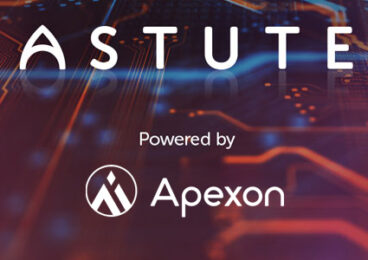
Apply AI to Migration for Rapid Results

We are on the cusp of an AI explosion. The global market in AI will double within two years and reach nearly 60 billion USD by 2025. When the pace of innovation is this dizzying and when the breadth of use cases applies across all sectors and disciplines, it can be hard to know where organizations should focus their attention first. Enterprises are looking to AI for actionable business gains that deliver on strategic goals, but where should they start?
Taking the robot out of the human
AI is rapidly changing the field of test and QA. 59 percent of QA teams see artificial intelligence and machine learning as an upcoming priority (The Impact of Digital Transformation on Testing & QA). Even if an enterprise is not yet deploying AI-powered solutions across parts of its software testing, it soon will.
At its simplest, AI and ML can train software to understand test input data, very similar to manual testing activities. In this way, AI can be used for every aspect of testing – test case optimization, test case generation, migration, environment management, automation execution, result analysis and defect prediction.
By “robotizing” certain manual, routine, rule-based, high-volume activities, businesses can quickly ramp up productivity and extract ROI from their digital efforts. This in turn frees up human talent for more strategic initiatives. That’s why AI-driven automation is said to take “the robot out of the human” (Prof. Leslie Willcocks, London School of Economics).
Minimize manual tasks, maximize results
For enterprises unsure where to start, the answer is: unleash AI on the heavy-duty, repetitive tasks that have ended up (wrongly) as manual tasks.
At Apexon, we are not biased towards deploying AI at any one particular stage of testing and QA over another. ASTUTE, our AI-powered testing suite is the only solution of its kind to address every aspect of the software testing lifecycle. We help enterprises determine how ready they are for AI and where it will be of most benefit to them using our easy online assessment.
Let’s take a closer look example of how an AI-powered solution, targeting just one aspect of software testing, can boost productivity, improve quality and deliver ROI quickly and easily.
Focus AI on test case migration
The majority of enterprises have got test cases piling up from existing and historical data in multiple formats. It’s time to stop! Multiple formats waste time and money in test optimization. Manually migrating them is arduous and error-prone.
Using methods derived from AI and ML, migration can be robotized resulting in 100 percent automatic test case migration and error classification. In the case of Apexon’s own Migration BOT, no prior specialist AI experience is required to reap the benefits. Using AI, enterprise software teams can quickly and easily:
– Migrate source framework assets to target framework assets
– Integrate directly to test management and automation systems, including HP QC and ALM
– Derive quality metrics from cloud-secure features.
Accelerate automation with AI
In today’s digitally driven era of unprecedented (and escalating) software complexity, test case automation is emerging as the number one method for accelerating release times and advancing digital transformation. Despite this, the majority of software teams are still engaged in manual testing, but this is a long-winded and error-prone route that ultimately holds enterprises back from realizing their digital goals. AI can transform these repetitive workflows and free up QA time, enabling it to be re-directed towards more strategic goals like improving customer engagement or implementing DevOps for operational efficiency. Talk to us today about to find out how AI-powered test solutions can speed up testing processes and improve quality.






